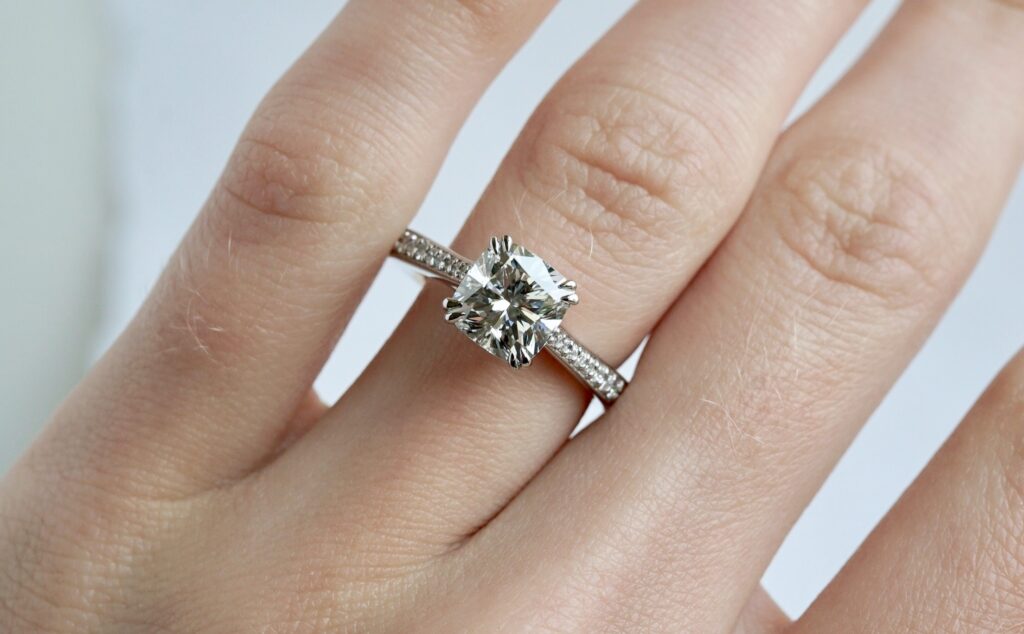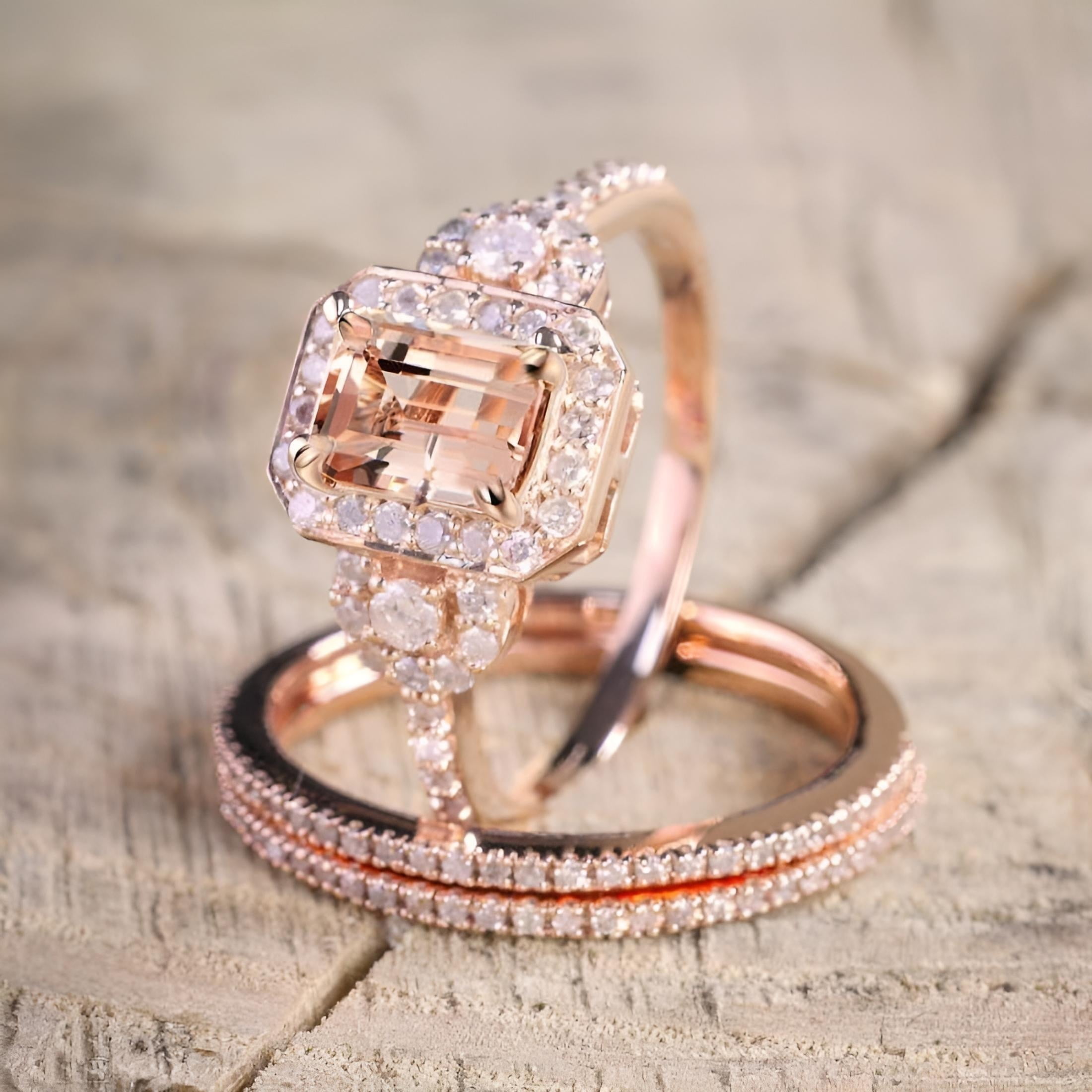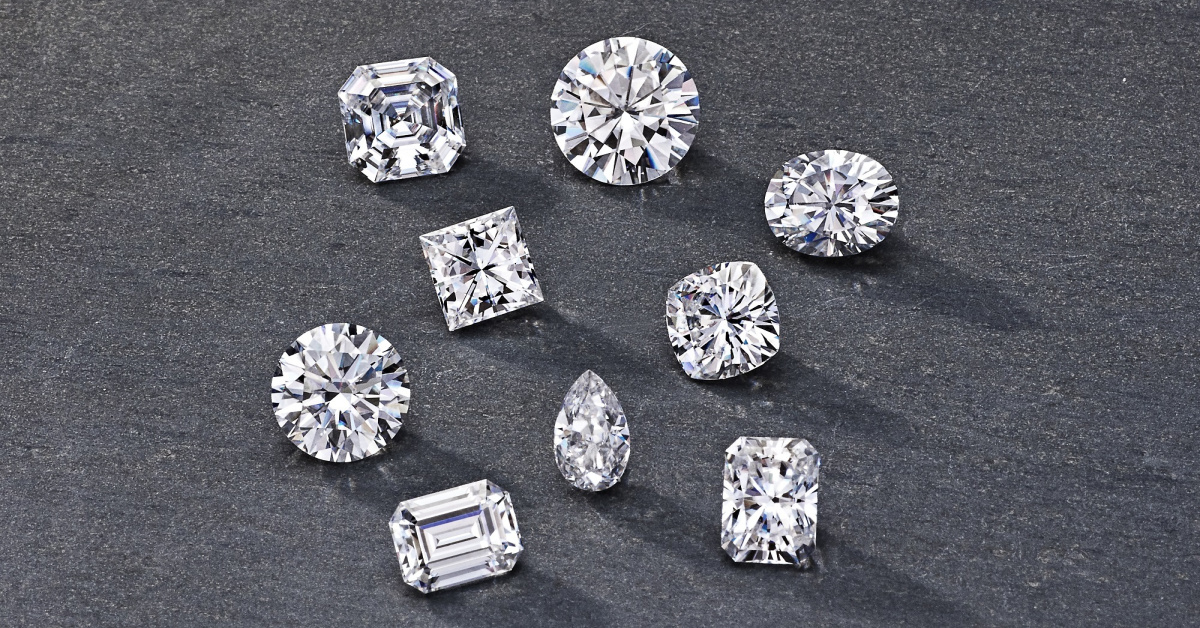Lab-Created Diamond Earrings: A Modern and Ethical Choice for Jewelry Lovers

Lab-created diamond earrings have rapidly gained popularity in recent years as an eco-friendly and ethical alternative to traditional mined diamonds. These diamonds are virtually indistinguishable from their natural counterparts, but they are created in controlled laboratory environments, offering a more sustainable and affordable option for jewelry lovers. In this article, we’ll dive into the world of lab-created diamond earrings, exploring their advantages, how they are made, and why they have become a top choice for consumers.
What Are Lab-Created Diamonds?
Lab-created diamonds, also known as synthetic or man-made diamonds, are chemically, physically, and optically identical to natural diamonds. Unlike mined diamonds, which form over millions of years under intense heat and pressure beneath the Earth’s surface, lab created diamond earrings are grown using advanced technology in a matter of weeks or months. There are two primary methods used to create these diamonds:
High Pressure High Temperature (HPHT) Method
This method mimics the natural process that occurs deep within the Earth. Carbon is placed in a chamber where both pressure and temperature are extremely high, causing the carbon atoms to crystallize into diamond form.
Chemical Vapor Deposition (CVD) Method
In this method, a carbon-rich gas is heated until it turns into plasma, breaking down the gas molecules. Carbon atoms then settle onto a substrate and crystallize into diamond. This method allows for more precise control over the diamond’s growth, leading to higher-quality stones.
Why Choose Lab-Created Diamond Earrings?
Lab-created diamond earrings are a fantastic choice for a wide variety of reasons, ranging from their affordability to their positive environmental and ethical impact.
1. Affordable Luxury
Lab-created diamonds typically cost 30-40% less than mined diamonds of the same size, cut, and clarity. This price difference allows consumers to purchase larger, higher-quality diamonds for their earrings, giving them a luxurious look without breaking the bank.
2. Ethical and Sustainable
One of the primary reasons people choose lab-created diamond earrings is the ethical and environmental benefits. Traditional diamond mining often involves significant environmental damage, such as deforestation, water pollution, and soil erosion. Additionally, the mining industry has been criticized for human rights violations, including poor working conditions and the use of child labor.
In contrast, lab-created diamonds are produced in a controlled environment, reducing the environmental impact and eliminating concerns about unethical practices. For consumers who care about sustainability and ethics, lab-created diamonds offer a responsible alternative.
3. Quality and Durability
Lab-created diamonds are just as durable as mined diamonds. Both types of diamonds share the same hardness rating of 10 on the Mohs scale, making them ideal for everyday wear. Whether you’re choosing a pair of stud earrings or an elegant drop design, lab-created diamonds will retain their beauty for years to come.
4. Wide Variety of Styles
With lab-created diamonds, jewelry designers have more flexibility to experiment with different cuts, colors, and settings. This results in a broader selection of lab-created diamond earrings in a wide range of styles, from classic solitaires to more intricate, modern designs. Whether you prefer minimalist studs or elaborate chandelier earrings, there’s a pair of lab-created diamond earrings to match your taste.
How to Choose the Perfect Lab-Created Diamond Earrings
Choosing the right pair of lab-created diamond earrings can be an exciting yet overwhelming process. Here are some tips to help you make the best decision:
1. Consider the Four Cs
When shopping for lab made diamonds earrings, you’ll want to evaluate the Four Cs: Cut, Color, Clarity, and Carat weight.
- Cut: The cut of a diamond affects its sparkle and brilliance. A well-cut diamond will reflect light beautifully.
- Color: Lab-created diamonds come in a range of colors, with the most popular being colorless or near-colorless. The less color present, the more valuable the diamond.
- Clarity: Most lab-created diamonds are flawless or have very few inclusions. Look for diamonds with minimal imperfections for the best visual appeal.
- Carat Weight: The carat weight refers to the size of the diamond. While size is important, it should be balanced with the other three Cs.
2. Select the Right Setting
The setting of your earrings plays a huge role in how the diamonds are showcased. Common earring settings include:
- Studs: Simple and timeless, ideal for everyday wear.
- Hoops: Perfect for adding a touch of sparkle and sophistication.
- Drops or Dangling: Elegant and eye-catching, great for special occasions.
- Halo: A halo setting surrounds the diamond with smaller stones, enhancing its brilliance and size.
3. Choose a Reputable Jeweler
Make sure to buy your lab-created diamond earrings from a trusted and reputable jeweler. Look for one that provides certification for the diamonds, such as from the Gemological Institute of America (GIA) or the International Gemological Institute (IGI). Certification ensures that the diamonds are of high quality and accurately represented.
Conclusion: The Future of Diamond Jewelry
Lab-created diamond earrings offer a modern, ethical, and sustainable option for consumers who want beautiful, high-quality jewelry without the environmental or ethical concerns associated with traditional diamond mining. With their growing popularity and increasing availability, lab-created diamonds are poised to become a staple in the jewelry industry.
Whether you’re looking for an affordable yet luxurious gift for a loved one or seeking a timeless piece of jewelry for yourself, lab-created diamond earrings offer the perfect combination of elegance, durability, and peace of mind. By choosing lab-created diamonds, you’re not only investing in a piece of luxury, but also in a more responsible and ethical future for the jewelry industry.






